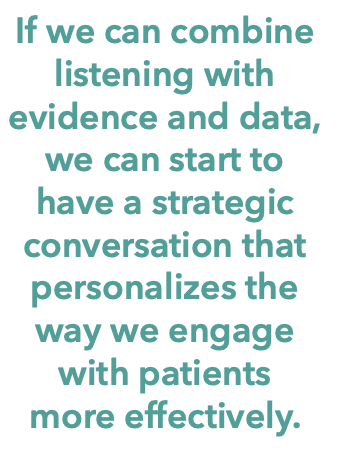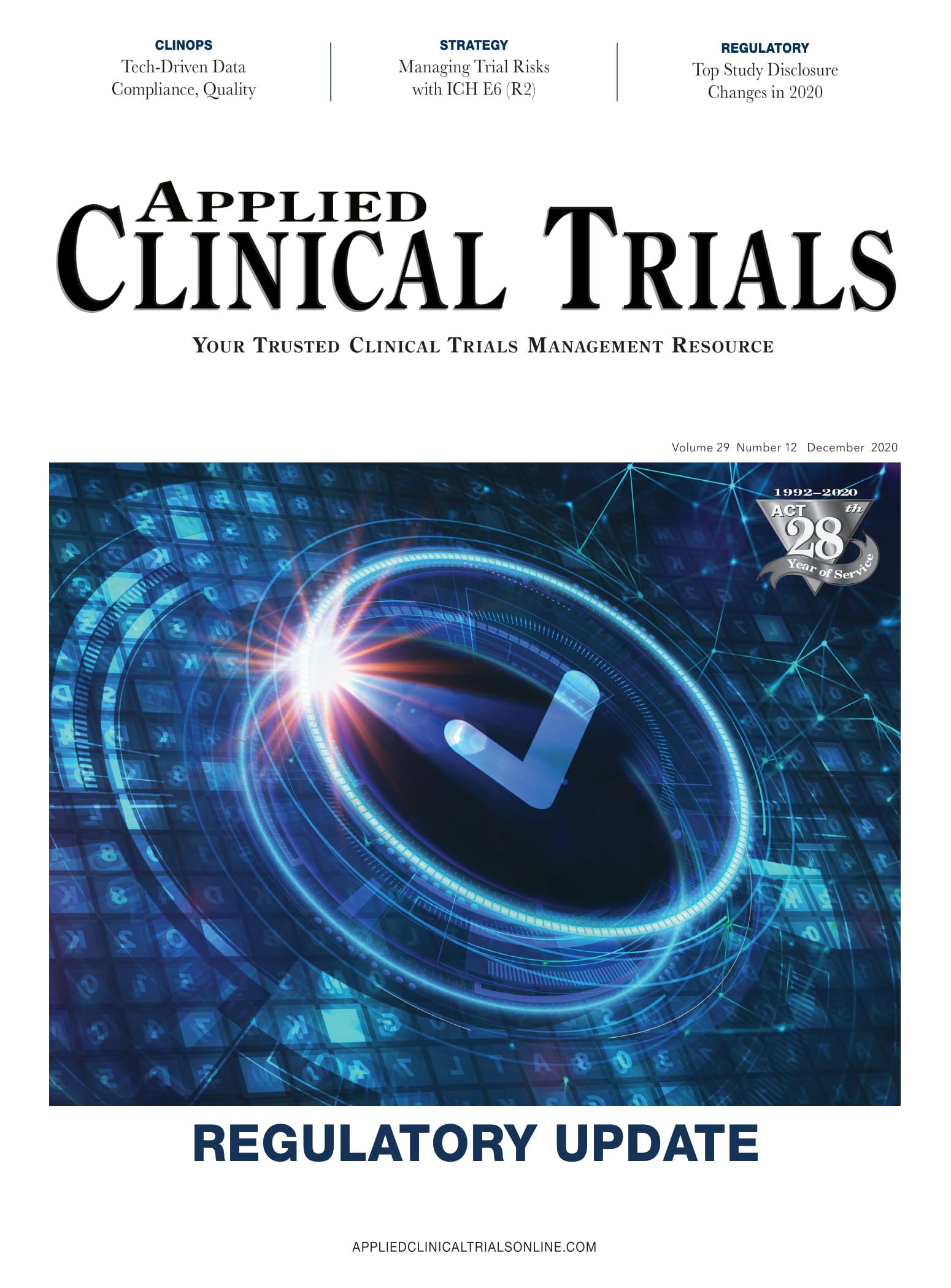Industry Forced to Rethink Patient Participation in Trials
EVP and General Manager of Hū, April Lewis, discusses why the industry has seen a decline in trial participation and what Hū is doing to combat it.
The COVID-19 pandemic has brought new attention to clinical trials and is forcing the industry to rethink the best ways for patients to get involved. On Sept. 29, W2O announced the launch of Hū, a first-of-its kind Patient Activation Organization to accomplish just that.
In this interview, EVP and General Manager of Hū, April Lewis, discusses why the industry is seeing such a large drop in trial participation, how COVID is affecting trial operations, and what Hū is doing to better humanize trials.
Andy Studna: You have 20 years of experience in the field of innovating trial operations. What do you think are the most valuable lessons you can take away from that time that are helping you in your current role?
April Lewis

April Lewis: There are three things that I’ve learned that I carry with me. One, when we think about innovation, timing is everything; even the best innovations have to be met with a level of market readiness, adoption readiness, or maturity of a market in order to besuccessful.
The second thing is that data and evidence are only part of the story. As an industry, we’ve failed often because we look at data as the answer, when really it should be looked at as prescriptive guidance. I think data and evidence become most valuable when it’s balanced with experience and even sometimes instinct.
The third thing that I keep at the forefront of my mind is that patients aren’t waiting for us. If we stop and consider a trial, as we would consider a product, we have to think about whether or not that product is something that’s attractive. We take that approach with sites, so we often focus on whether or not a study is attractive, but we don’t take that same approach with patients. Thinking about what’s in it for patients is the thing that’s been missing.
AS: The willingness to participate in trials has plummeted from 85% to just about 49% in the past year (CenterWatch). Why do you think we’ve seen such a such drastic drop like that?
Lewis: There’s copious amounts of misinformation around the pandemic, and that’s leading people into a state of paralysis and fear. I see it as a real opportunity for the collective R&D organizations to band together, change the narrative, and create a unified message.
AS: Do you think that more literacy around trials will help people warm up to them and if so, why?
Lewis: Knowledge is power. Right now, people’s knowledge is wrapped up in a lot of noise. I truly believe we could fix that if we did a better job of providing resources to the general public around the value of trial participation. For example, what it means for our ability to future-proof care options by participating and some of the practicalities of participation, we’d really move the needle. However, this is a conversation that isn’t a one-size-fits-all, and requires us to not only combine forces as an industry, but to be consistent in our messaging, and keeping in mind that we need to personalize the conversation with patients in order to stay engaged.
AS: How will Hū be utilizing social and behavioral evidence to increase patient participation in trials?
Lewis: We’ve built a model that predicts which patients have the highest intent to participate and it has shown high correlations. In addition, when we look at other industries, behavioral economics techniques have increased desired action by 41%. I’m not suggesting that we’ve been able to achieve that metric yet, but in other industries behavioral economics has been able to influence action and increase it to the desired state by 41%. So, we’re building out our tools and our techniques to leverage behavioral economics to provoke action in the same ways. For example, we are building out an innovative platform for gamified, scaled, digital patient insights. It’s a technique that’s going to highlight patient preferences and motivations that can be used by study teams in study design and delivery. This is a massive shift from the professional patient advisory board that gets used today. The third thing we’re using social and behavioral data for is working on a model to predict patient participation. This will allow us to predict what patients have highest interest or intent to participate, but the next step is translating that into enrollment rates. If we’re able to achieve that projection and prediction methodology, that will be a huge game changer.
AS: What do you think are the most important elements for any company to consider when it comes to humanizing these trials?

Lewis: The most important elements start with listening and learning. We need to do a better job in understanding the patient lexicon; giving consideration to ethnic insights and the patient motivations. If we can combine listening with evidence and data, we can start to develop and analyze, get to a strategic goal, and have a strategic conversation that personalizes the way we engage with patients more effectively. The tactics are the last thing; by doing the upfront work and understanding the patient, adding in the evidence, and getting to that conversation blueprint, that allows us to build tactics that are going to have more meaningful effects on the ability to not only motivate a patient to participate, but to maintain that motivation throughout the trial.
AS: How do you think that the pandemic has shed more light on the issue of the decreasing participation in trials?
Lewis: I think COVID has brought light to participation in clinical trials in general and has brought conversations about them to the table. I think that participation is a systemic issue and it requires a systemic response. We know, for example, if we think about diversity and inclusion in trials, there’s been under-representation of underserved populations for many years, but COVID has really brought this to light in particular. COVID has also brought to light the complexities and the reasons that are multifaceted; things like skepticism, lack of trusted relationships, and questionable data. Our approach at Hū is one that considers partnership as a balanced approach to not only civic and community engagement and partnership, but balancing that with medical and pharma partnership, as a means to take that systemic response.
Andy Studna is an Assistant Editor for Applied Clinical Trials. He can be reached at astudna@mjhlifesciences.com.

Improving Relationships and Diversifying the Site Selection Process
April 17th 2025In this episode of the Applied Clinical Trials Podcast, Liz Beatty, co-founder and chief strategy officer, Inato, discusses a number of topics around site engagement including community-based sites, the role of technology in improving site/sponsor relationships, how increased operational costs are impacting the industry, and more.
Reaching Diverse Patient Populations With Personalized Treatment Methods
January 20th 2025Daejin Abidoye, head of solid tumors, oncology development, AbbVie, discusses a number of topics around diversity in clinical research including industry’s greatest challenges in reaching diverse patient populations, personalized treatment methods, recruitment strategies, and more.